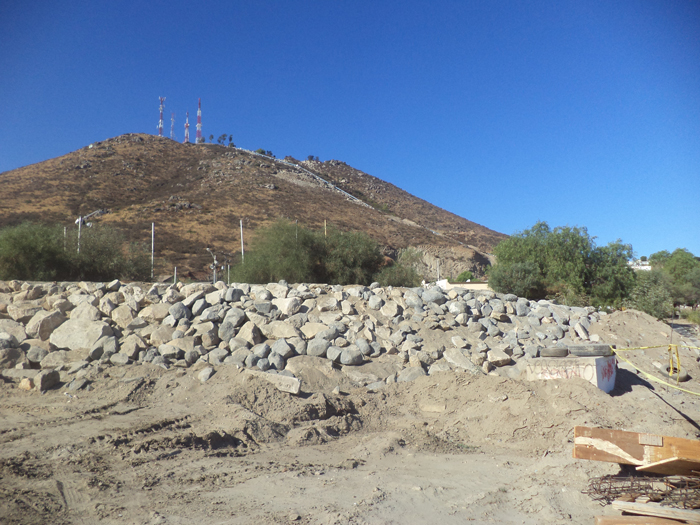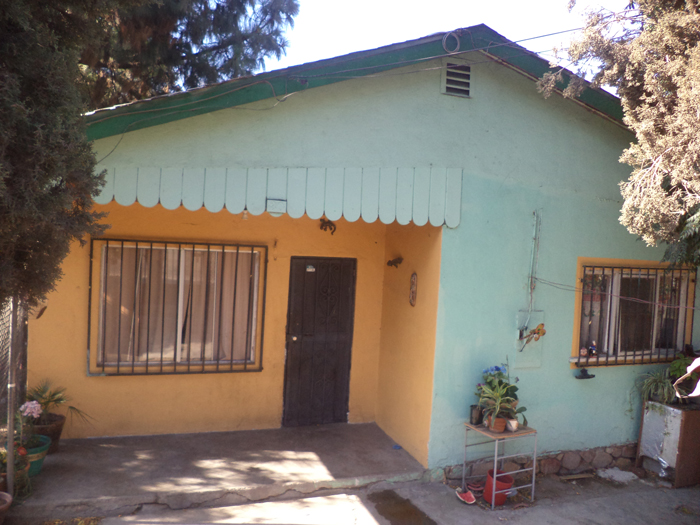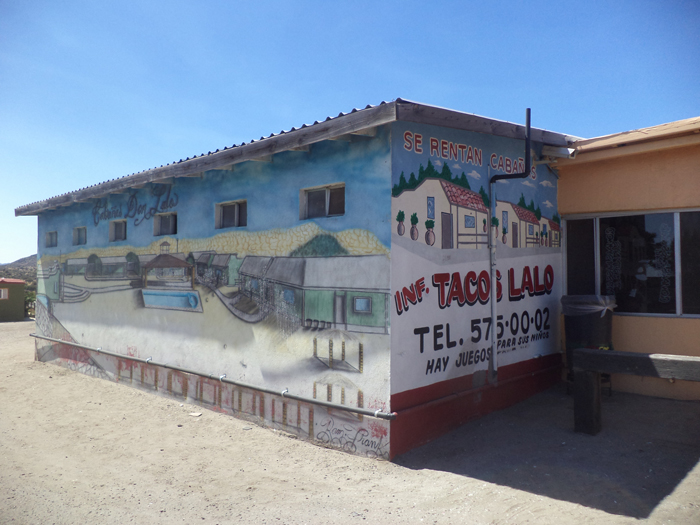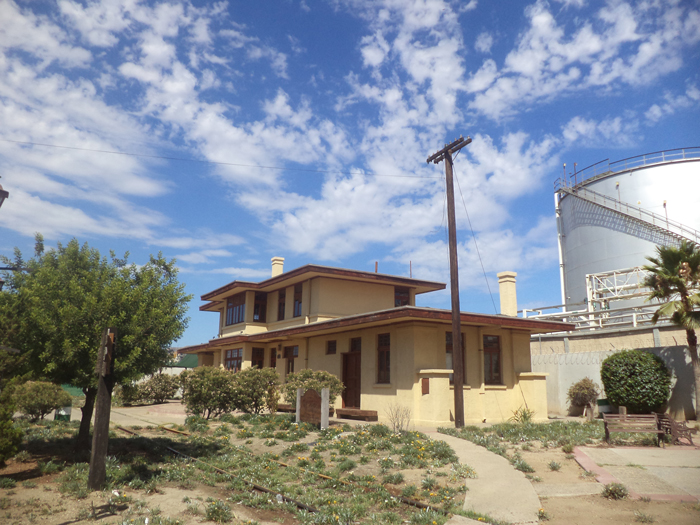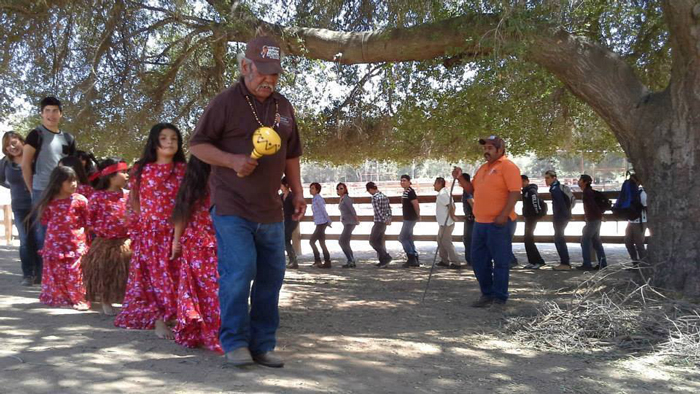|
Sustainable Development in a Border "Magic Town"
September 2016
By Maria E Curry
The city of Tecate, Baja California, bordering with the town of the same name in San Diego County, was designated a "Magic Town" in 2012 by Mexico's Secretariat of Tourism. There are 83 Magic Towns and villages in the country. Started in 2001, Pueblos Mágicos promotes tourism in places that offer a "magical" experience. Tecate's magic comes from its unique location, history, natural beauty, social and cultural manifestations, legends, significant architecture, and interesting urban features.
As a Magic Town, Tecate is receiving federal funds for sustainable economic development for downtown rehabilitation and restoration of the Tecate River through the Parque Río project. There is also investment in hotels, restaurants and leisure attractions including health-oriented ranches and the Wine Route that begins here. Railroad tours are diversifying with trips from Campo, California and Tijuana to Tecate. Traditional, cultural, and artistic events are promoted, too. Tecate's recipe for magic includes Mediterranean food, the production of cheese, olive oil, honey, wines, and artisan beer as well as sweet and salty bread from its famous panaderías.
Tecate Ranch was part of the San Diego Mission in the 18th century and was inhabited since prehistoric times by Kumeyaay Indians. The city developed along Libertad Street (today's Hidalgo Street) in the 1900s as part of the stagecoach road that connected California with Yuma, Arizona. The San Diego and Arizona railroad crossed Tecate, forming a binational route. In 1919, the first urban plan took shape. It included a central park with a kiosk, plaza, and public buildings resembling Mexican colonial cities. With this plan, Tecate differentiated itself from the rest of the cities in Baja California that had a Main Street as the urban focal point.
One interesting urban feature is the pedestrian entrance from the U.S. to Mexico, which connects physically and visually to Guadalupe Church. Since most Mexicans are Catholic, this connection and view welcoming foreign visitors is highly symbolic. As part of the downtown rehabilitation, the church is being remodeled at the top of its facade to make it look colonial, using the older chapel next to it as an example. The plaza has been closed to cars, creating more walking areas.
The Parque Río project aims to restore the Tecate River instead of covering the riverbed with concrete. The idea is to create public parks, gardens, sport fields, and cultural and leisure areas along the river. Municipal officials are in charge of protecting, preserving and maintaining this federal river zone to avoid invasions of squatters. They also administer construction to modify the river's hydraulic characteristics. Sustaining a community approach where residents and tourists can enjoy the city without compromising resources such as water, green areas, and clean air is a way to keep Tecate's magic alive.
Sustainable development includes preserving cultural and natural heritage. The internationally famous Rancho la Puerta and other ranches close to the city attract health-oriented tourism and ecotourism. There are traditional mountain bike competitions and hiking groups that climb the mountains that surround the city. Indigenous groups still celebrate sacred rituals. Protecting the trails and picturesque landscape helps these traditions endure without harming the environment.
However, there is one missing element that needs to be addressed before it disappears: historic domestic architecture. The old building stock is misunderstood in most Mexican border cities, probably because it is considered alien due to its closer connection to American housing than to traditional colonial Mexican architecture. A survey, documentation, and evaluation of old houses mainly on Tecate's oldest street (Hidalgo) could interpret the urban and architectural history of Tecate. Such a study could also promote sustainability by avoiding demolition of the old houses.
The streets next to the Tecate railroad station include examples of houses inspired by the Prairie School-style depot, designed by San Diego architect William Wheeler. There are also houses in Craftsman, Bungalow, and Modern style that need to be documented. Some of them were moved from California and preserving them is important for binational architecture history.
Tecate's magic has a promising future thanks to the current projects and other border community and binational planning efforts taking place in the Tijuana River watershed. As it should be, sustainability is a cornerstone of these efforts.
|
2025
2024
2023
2022
2021
2020
2019
2018
2017
2016
2015
|

